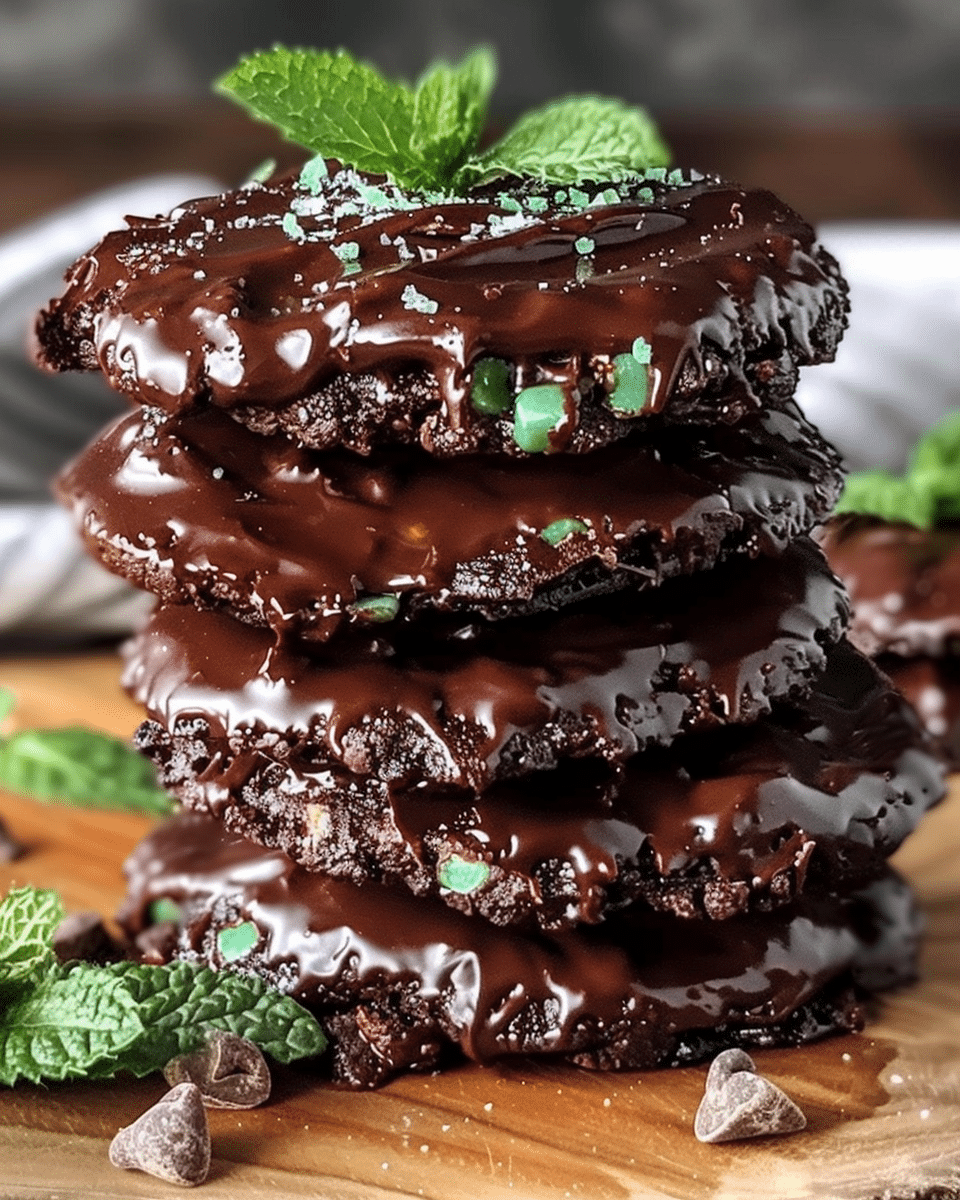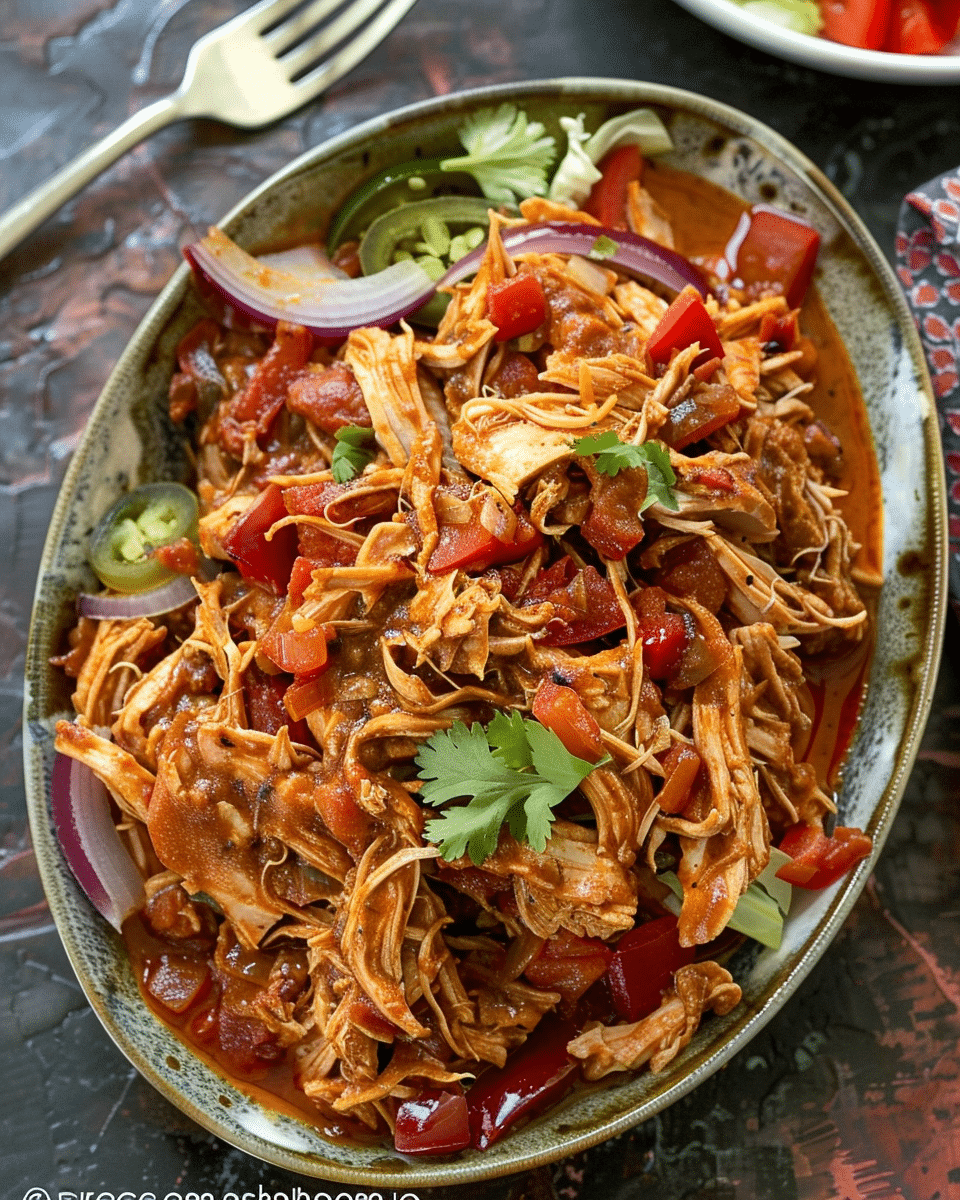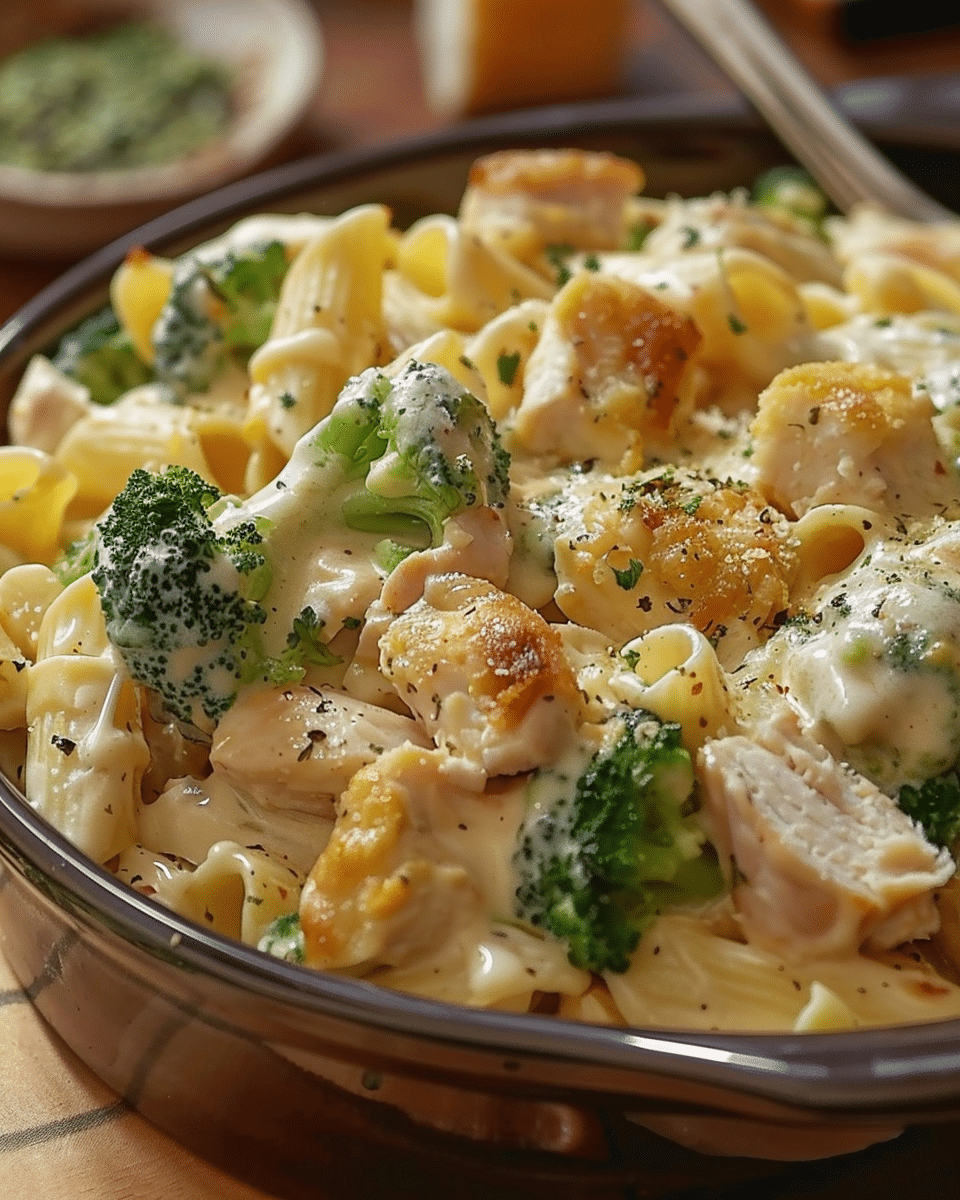In today’s fast-paced world, where convenience and health are paramount, air fryers have emerged as a popular kitchen appliance. They promise the crispy, golden delights of fried foods without the excessive oil and fat associated with traditional frying methods. But how does one navigate the world of air frying? This comprehensive guide will demystify the process, offering clear, step-by-step instructions, tips, and recipes to ensure that even beginners can confidently cook in an air fryer. From understanding the mechanics of air fryers to exploring diverse recipes and avoiding common mistakes, this article will cover every aspect you need to know to embark on your air frying journey. Join us as we delve into the art and science of air frying, helping you achieve perfect, healthy, and delicious meals every time.
Understanding Your Air Fryer
Air fryers have revolutionized the way we think about cooking and frying food. Let’s delve into the mechanics and understand how air fryers work to provide that crispy texture to your food with minimal to no oil.
Mechanism of Air Fryers
Air fryers operate on the principle of convection cooking. They contain a powerful fan and a heating element at the top. When the air fryer is turned on, hot air rushes down and circulates around the food placed in the fryer basket. This rapid air circulation cooks the food evenly and gives it a crispy exterior, mimicking the effects of deep-frying.
Comparison with Convection Ovens
While similar to convection ovens, air fryers are more efficient. They are compact and designed to circulate hot air more rapidly, ensuring that the food cooks faster and more evenly. Your air fryer is like an amazing convection oven, small yet mighty, allowing you to roast, broil, or bake in it (Source).
Temperature and Time
Most air fryers are equipped with temperature and time settings that allow you to customize the cooking process according to the type of food. It’s essential to adjust these settings correctly to ensure your food is cooked perfectly. Most foods cook much faster in an air fryer, so it’s best to start with less time and add more if needed.
Oil Usage
Even though one of the main advantages of air fryers is the reduced need for oil, a small amount is still necessary for certain recipes to achieve that desirable crunch and flavor. The right amount of oil can make a significant difference in the outcome.
In conclusion, understanding how air fryers work is fundamental to mastering the art of air frying. By comprehending the mechanism, making apt comparisons, and getting the settings right, you set the stage for a delightful and healthy cooking experience.
Benefits of Using an Air Fryer
In the realm of modern cooking appliances, air fryers stand out for their numerous advantages that extend beyond just preparing delicious meals. Below are the key benefits of using an air fryer, making it a valuable addition to your kitchen.
1. Healthier Meals
- Reduced Oil Usage: Air fryers significantly minimize the amount of oil needed to cook food, leading to meals with lower fat and calorie content. This reduction is beneficial for your overall health, contributing to better cholesterol levels and reduced risks of heart-related issues.
2. Efficiency and Speed
- Faster Cooking Time: Air fryers cook food faster compared to traditional ovens and stovetops, saving you valuable time in the kitchen. The rapid air circulation ensures that the food is cooked evenly and quickly.
- Energy Efficiency: By cooking food faster, air fryers also consume less energy compared to traditional ovens, making them an eco-friendly appliance.
3. Versatility
- Diverse Cooking Options: Air fryers are not just for frying; they offer a range of cooking methods including roasting, grilling, and baking. This versatility allows you to explore various recipes and cuisines with just one appliance.
4. Convenience
- Easy to Use: With straightforward settings and controls, air fryers are user-friendly, making them suitable for both novice and experienced cooks.
- Minimal Supervision Required: Once the food is in the air fryer, it requires little to no monitoring, freeing you up to focus on other tasks.
5. Improved Food Texture
- Crispy and Tender Results: Air fryers excel in delivering food that is crispy on the outside and tender on the inside, achieving the perfect texture for a satisfying meal.
6. Space-Saving Design
- Compact and Portable: The compact design of air fryers makes them ideal for small kitchens and limited countertop spaces. They are also portable, allowing you to easily move them or take them along for travel or events.
7. Easy Cleanup
- Non-Stick and Dishwasher-Safe Parts: Many air fryers feature non-stick, dishwasher-safe parts, making the cleanup process quick and hassle-free.
How Do You Cook In An Air Fryer?
Embarking on the journey of air frying begins with properly setting up your air fryer. This section provides a comprehensive guide to ensure that your air fryer is set up correctly and ready for use, ensuring optimal performance and delicious meals.
1. Choosing the Right Spot
- Proper Ventilation: Ensure your air fryer is placed in a location with ample space around it for proper ventilation. Avoid placing it against the wall or surrounded by other appliances.
- Near an Outlet: Position your air fryer close to a power outlet to avoid the use of extension cords, which may not be safe for high-powered appliances.
2. Understanding the Controls
- Temperature and Time Settings: Familiarize yourself with the temperature and time controls of your air fryer. Most models allow you to adjust these settings for precise cooking.
- Additional Features: Some air fryers come with extra features like preset cooking modes for specific foods. Take time to understand these features for efficient use.
3. Initial Cleaning
- Wash the Components: Before the first use, wash the removable components of the air fryer, such as the basket and tray, with warm soapy water.
- Wipe the Interior: Use a damp cloth to wipe the interior of the air fryer to remove any dust or debris.
4. Seasoning the Air Fryer (If Required)
- Some air fryers may require seasoning before the first use. Refer to the manufacturer’s instructions and follow the steps if necessary.
5. Running a Test Cycle
- Empty Run: Before cooking food, run the air fryer empty at a medium temperature for about 10-15 minutes. This step helps in eliminating any manufacturing residues.
6. Getting the Right Accessories
- Compatible Accessories: Invest in accessories that are compatible with your air fryer model, such as baking pans or grill racks, to expand your cooking options.
7. Reading the User Manual
- Safety and Usage Guidelines: Thoroughly read the user manual for important safety information, usage guidelines, and tips for best performance.
8. Planning Your First Meal
- Start with Simple Recipes: For your first cooking endeavor, choose simple recipes to familiarize yourself with the air fryer’s operation.
Cooking Different Foods in an Air Fryer
Air fryers offer a versatile platform for cooking a wide array of foods, from vegetables and meats to seafood and baked goods. Understanding the nuances of cooking different types of foods in an air fryer is crucial for achieving the best results. Below is a comprehensive guide to help you master the art of air frying various foods.
1. Vegetables
- Preparation: Wash and cut vegetables into uniform sizes for even cooking.
- Oil Usage: Lightly coat vegetables with a small amount of oil or cooking spray for crispiness.
- Cooking Time: Most vegetables cook quickly, usually within 5-20 minutes depending on the type and size.
2. Meats
- Chicken: Air fryer is excellent for cooking chicken thighs, wings, and breasts. Ensure the chicken is marinated or seasoned well. Cook until the internal temperature reaches 165°F (74°C) (Source).
- Beef and Pork: For steaks or pork chops, preheat the air fryer and cook until the desired level of doneness is achieved.
- Ground Meat: Form into patties or meatballs and cook, turning halfway through.
3. Seafood
- Shrimp: Cook shrimp in a single layer, ensuring they are not overcrowded for even cooking (Source).
- Fish: Place fish fillets in the basket, cook until the fish is flaky and reaches an internal temperature of 145°F (63°C).
4. Frozen Foods
- No Thawing Needed: Cook frozen foods directly in the air fryer, adding additional cooking time.
- Shake Basket: For foods like fries or nuggets, shake the basket halfway through cooking for even crispiness.
5. Baked Goods
- Use Compatible Bakeware: Use air fryer-compatible baking pans or silicone molds.
- Adjust Temperature: Lower the recommended oven temperature for baking in an air fryer.
6. Snacks
- Chips and Fries: Achieve crispy homemade chips and fries by cooking in a single layer, shaking the basket periodically.
- Nuts and Seeds: Roast nuts and seeds, stirring occasionally for even roasting.
7. Tips for Crispy and Golden Results
- Do Not Overcrowd: Allow space for air circulation by not overcrowding the air fryer basket.
- Use the Right Temperature: Adjust the temperature settings based on the food type for optimal results.
- Shake or Turn Food: Ensure even cooking by shaking the basket or turning the food halfway through cooking.
Air Fryer Recipes
The air fryer’s versatility shines when it comes to trying various recipes. From crispy vegetables to succulent meats and delightful desserts, the options are endless. Below is a brief overview of some air fryer recipes you can try:
1. Air Fryer Cauliflower Wings
- A healthy and delicious snack, cauliflower wings become perfectly crispy in the air fryer. Coat cauliflower florets in your favorite seasoning and air fry until golden.
2. Crispy Air Fryer Chicken Thighs
- Achieve perfectly crispy and juicy chicken thighs by marinating them in your choice of spices and cooking in the air fryer.
3. Air Fryer Coconut Shrimp
- Enjoy restaurant-quality coconut shrimp at home. Coat shrimp in shredded coconut and air fry until crispy and golden.
4. Air Fryer Homemade Fries
- Make crispy and delicious homemade fries by cutting fresh potatoes, seasoning them, and air frying until they reach the desired crispiness.
5. Air Fryer Roasted Nuts
- Roast your favorite nuts in the air fryer for a quick and healthy snack. Just toss nuts with a little oil and your choice of seasonings and roast until golden.
6. Air Fryer Baked Goods
- Bake cakes, muffins, and other baked goods in the air fryer using compatible bakeware. Adjust the temperature and time for perfect baking results.
For a more comprehensive guide and a plethora of diverse and delectable air fryer recipes, visit Airfood Recipe: Your Ultimate Guide. Explore the exciting world of air fryer recipes and enjoy cooking like never before!
Common Mistakes in Air Fryer Cooking
While air fryers are relatively user-friendly, avoiding certain common mistakes can help ensure your meals turn out perfectly cooked and delicious every time. Below are some common mistakes to avoid when using an air fryer:
1. Overcrowding the Basket
- Avoid filling the air fryer basket to the brim. Overcrowding prevents even cooking and may result in undercooked or soggy food. Allow enough space for air to circulate freely around the food.
2. Not Using Oil at All
- Even though air fryers require significantly less oil than traditional frying methods, using a small amount of oil can help achieve the best texture and flavor, especially for certain foods (Source).
3. Using Too Much Oil
- Conversely, avoid using too much oil as it can cause your food to become greasy and may produce excess smoke.
4. Not Shaking the Basket
- For foods like fries, nuggets, or vegetables, it’s important to shake the basket halfway through the cooking time to ensure even cooking and crispiness.
5. Ignoring Preheating
- Preheating the air fryer for a few minutes before cooking helps achieve better and consistent cooking results.
6. Not Checking Food Temperature
- Ensure meats are cooked to the correct internal temperature to ensure they are safe to eat and perfectly cooked.
7. Neglecting to Clean the Air Fryer
- Regularly clean your air fryer to maintain its efficiency and prevent buildup that can cause smoke or affect the taste of your food.
8. Using the Wrong Accessories
- Use only air fryer-compatible accessories to ensure they fit properly and can withstand the heat of the air fryer.
9. Ignoring the User Manual
- Not reading the user manual can lead to misuse. The manual provides essential information about the air fryer’s operation, maintenance, and safety guidelines.
Maintenance and Cleaning: Comprehensive Air Fryer Guide
Proper cleaning and maintenance are crucial for keeping your air fryer in optimal condition, ensuring its longevity and consistent performance. Below is a guide on how to effectively clean and maintain your air fryer:
1. Cleaning After Each Use
- Basket and Tray: After each use, remove and wash the basket and tray with warm soapy water. Most air fryer baskets and trays are dishwasher safe, making cleanup easy and convenient.
- Interior: Wipe the interior of the air fryer with a damp cloth or sponge to remove food particles and oil residue.
- Heating Element: Clean the heating element by gently brushing off food particles. Ensure the air fryer is unplugged and cooled before doing this.
2. Deep Cleaning
- Periodically perform a deep cleaning by soaking the removable parts in warm soapy water and scrubbing gently with a non-abrasive sponge to remove stubborn oil and food buildup.
3. Checking and Replacing Components
- Regularly inspect the air fryer’s components, such as the basket and tray, for wear and tear. Replace parts as needed to maintain the air fryer’s efficiency.
4. Ensuring Proper Functionality
- Test the air fryer’s controls and settings to ensure they are working correctly. Consult the manufacturer or authorized service center for repairs if you notice any issues.
5. Storing Properly
- Store the air fryer in a cool, dry place. Ensure it is clean and dry before storing to prevent mold and unpleasant odors.
- Coil the cord properly and avoid wrapping it tightly around the air fryer to prevent damage.
6. Avoiding Metal Utensils
- Use silicone or wooden utensils to remove food from the air fryer basket to prevent scratching and damage to the non-stick coating.
7. Regular Maintenance
- Adhere to a regular maintenance schedule, including checking the components, cleaning, and ensuring the air fryer is functioning correctly.
8. Consulting the User Manual
- Refer to the user manual for specific cleaning and maintenance instructions for your air fryer model. The manual provides valuable information and guidelines for proper care.
FAQs
How do you use an air fryer for beginners? For beginners, start by reading the user manual. Place the air fryer on a flat, stable surface with enough space around. Preheat it, place your food in the basket without overcrowding, set the time and temperature, and start cooking.
What cannot be cooked in an air fryer? Avoid cooking foods with wet batters, overly cheesy dishes, or foods that may release liquid during cooking, as they can create a mess or not cook properly in an air fryer.
What is the first thing I should cook in my air fryer? As a first recipe, try cooking something simple like homemade fries or chicken wings. These foods allow you to familiarize yourself with the air fryer’s settings and cooking times.
Do you need oil for an air fryer? While many recipes don’t require oil, using a small amount can enhance the texture and taste of certain foods. It’s especially useful for achieving crispy results.
Conclusion
In conclusion, mastering the art of air frying is an exciting and rewarding journey. From understanding the intricate workings of air fryers to exploring a plethora of diverse recipes, the world of air frying offers endless culinary possibilities. Avoiding common mistakes, ensuring proper setup, and adhering to effective cleaning and maintenance practices are crucial for optimizing the performance and longevity of your air fryer.
As we wrap up this comprehensive guide, remember that the key to successful air frying lies in experimentation and continuous learning. Each meal prepared is an opportunity to refine your skills, making adjustments for better results. The convenience, health benefits, and versatility of air fryers make them a valuable addition to any kitchen, promoting a delightful and healthier cooking experience.
So embark on your air frying adventure with confidence and enthusiasm. Explore various recipes, try different foods, and enjoy the delectable and healthy meals your air fryer has to offer. Happy air frying!









